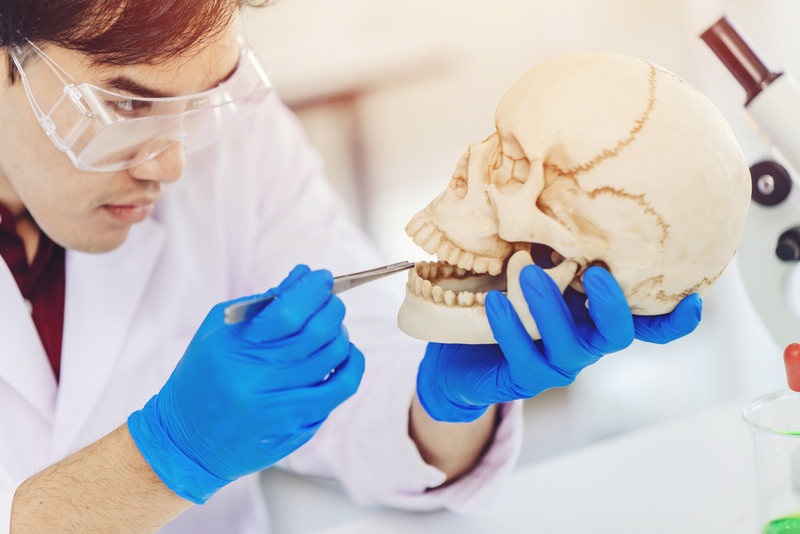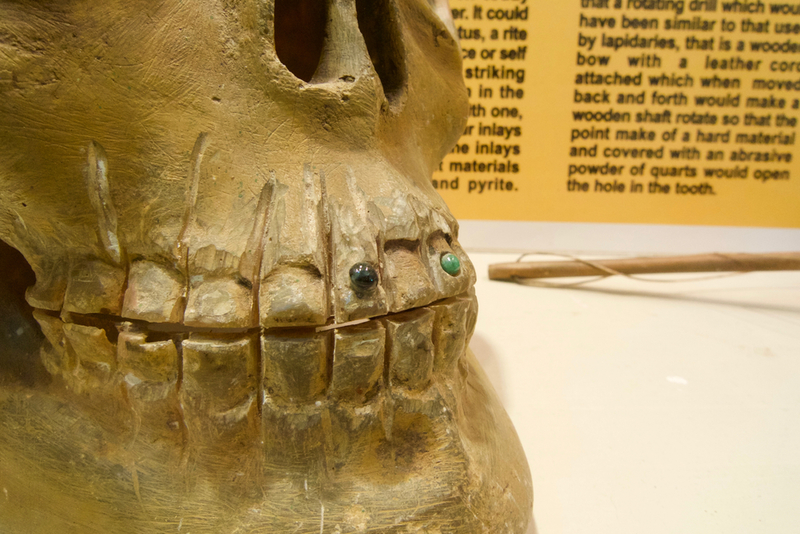
In the Paleolithic Period
Paleolithic people had a life expectancy of about 30 years, which was, in part, credited to a bad dental situation. Think about it — they mostly ate raw meat and hard fruits and vegetables. This means that they had to chew a lot more than we do, which made their teeth grind and weaken by the time they were 30. (And we’re not even talking about infections and inflammation!) Back then, weak teeth meant the person soon became malnourished and couldn’t survive.
The Earliest Filling in History
A 6,500-years-old jaw found in Slovenia is perhaps the earliest testament of dental treatment. This interesting finding has one of the teeth set in it with beeswax as a cavity filling. It’s very likely that this filling is indicative of a common dental practice from the area at the time, but it is also very likely that the soft material didn’t last long in the mouth of someone who chewed his food regularly.

Pioneers of modern dentistry are the Phoenicia civilization. Phoenicians took care of their teeth to the best of their knowledge. Back then, they didn’t know anything about germs, so dental problems were often attributed to worms that needed to be eradicated using different substances, some of them hypnotic! They even created ivory teeth to replace fallen or damaged ones. 3,000 years later, the Romans used their knowledge of metalwork and created gold or silver plating for their teeth. (And here we thought rappers invented the dental grills…) Dental care took a dip around the middle ages. Back then, there were no dental professionals, and those who took performed any kind of dental work were barbers, blacksmiths, or jewelers. Yikes!